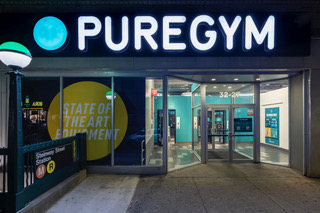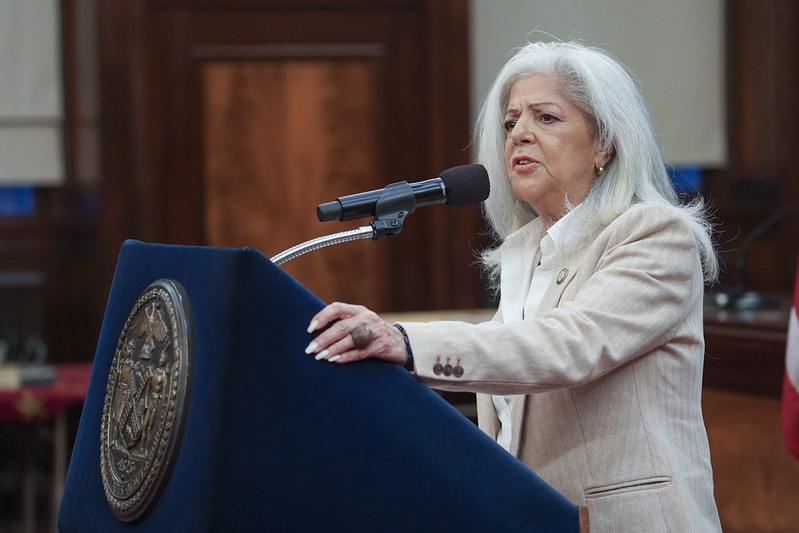There was never any guarantee for the Ridgewood Theatre. No promise that the Classical Revival gem would live to see its third act along Myrtle Avenue nearly a century after it first opened and two years after it suddenly closed.
Until March 2008, the ornate, three-story Indiana limestone and terracotta movie house had withstood the tests of time; it had become, by many accounts, the longest continually operated first-run cinema in the nation.
But nine decades after legendary theater architect Thomas A. Lamb’s design was completed in 1916, the $250,000 masterpiece had become an anachronism, nestled within a row of colorful plastic awnings belonging to discount stores and bodegas.
To those who grew up spending many a delightful dark afternoon inside the Ridgewood Theatre, it could never lose its luster. Yet, as megaplexes sprung up nearby, wooing moviegoers with plush stadium seating and Dolby surround sound, the Ridgewood – whose gold-accents and crushed velvet had long ago faded – lost a large chunk of its revenue.
When the theater finally closed, the neighborhood needed a hero, someone to beat the drum and align the legions of loyal supporters, both near and far. That champion emerged in the form of Michael Perlman, the 27-year-old founder and chair of Friends of the Ridgewood Theatre.
On Tuesday, January 12, Perlman, a leader and member of a host of local preservation groups, finally tasted victory. The New York City Landmarks Preservation Committee (LPC) voted unanimously in favor of designating the Ridgewood Theatre’s façade an individual city landmark, protecting its exterior from demolition.
In a statement announcing the decision, LPC chair Robert Tierney called the façade “a fitting gateway to the treasures awaiting inside, creating nearly 100 years of memories for countless moviegoers.”
The Department of City Planning (DCP) now has 60 days to review the LPC decision and the City Council must vote within 60 days of the DCP’s assessment.
“I don’t feel that anything is ultimately impossible,” an elated Perlman exclaimed after the LPC verdict, which, he said, drew a “full house.” “It’s just a matter of being patient and dedicated and being at the right place at the right time.”
Perlman’s job – much like the suspense created by the theater’s uncertain future – is far from over, however. He will keep pushing for the LPC to consider the Ridgewood’s interior, but, he explained, per agency protocol the building must first be reopened to the public.
According to Perlman, the theater owner, who did not return a call for comment, has vowed to install three modern screens and surround sound on the Ridgewood’s upper floors. The Ridgewood’s lobby, soon to house a retail tenant, will be preserved, the owner assured Perlman.
However, Perlman, who has seen his fair share of historic structures meet the fate of a wrecking ball, knows too well that “nothing is set in stone.”
But he is optimistic – one of his key ingredients, along with perseverance, to preservation success. A theater upgrade, Perlman noted, along with the protection of the theater interior, would provide “the best of both worlds: a historic treasure meets 2010 technologies.”
Perlman can already imagine the picture-perfect reopening celebration. He sees historic Ridgewood Theatre memorabilia adorning the walls, and “Lights of New York,” the first all-talking feature film, on the Ridgewood’s screens.
But Perlman won’t stop there. Thanking the LPC and his devoted supporters, Perlman underscored the importance of treating the Ridgewood Theatre’s resurrection as a case study. “Hopefully,” he said, “this will set up a chain reaction and the LPC will realize how much potential queens has for landmarking.”


































